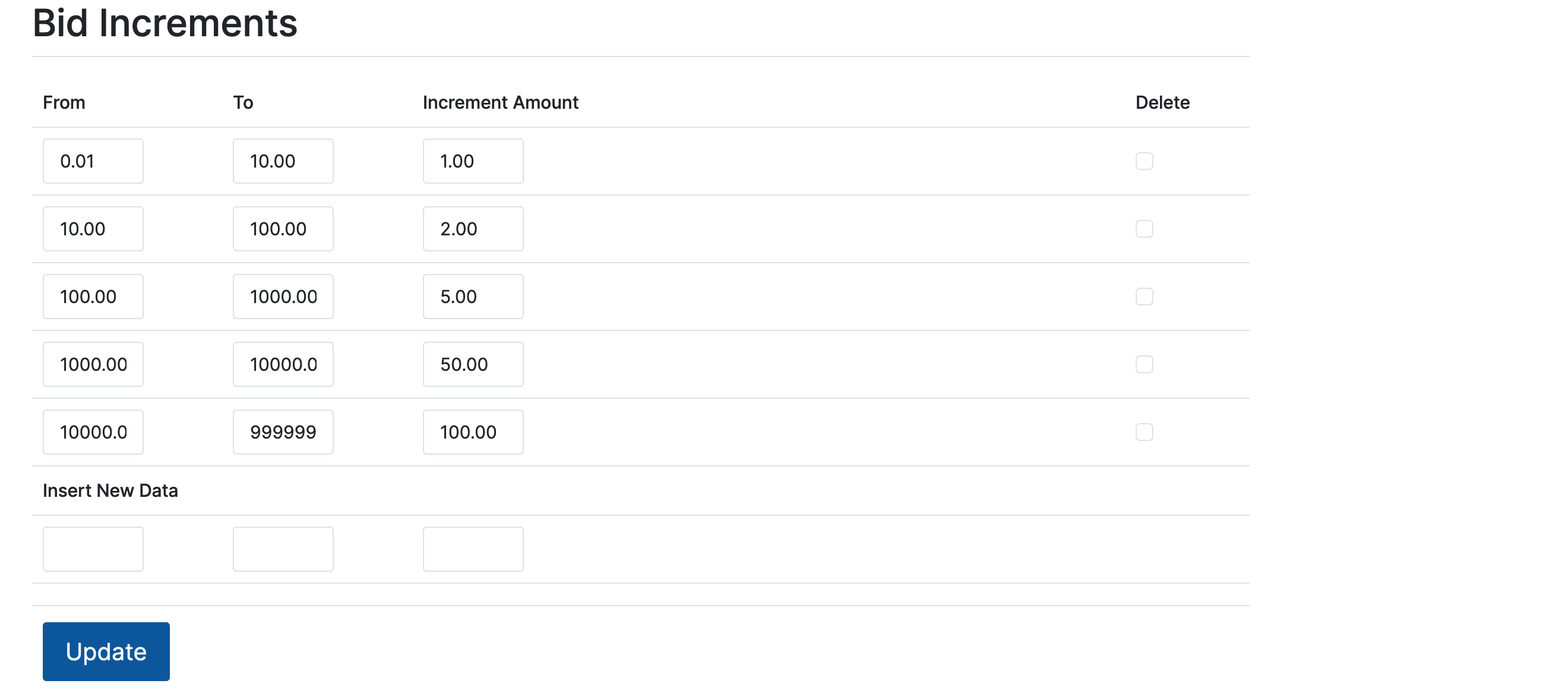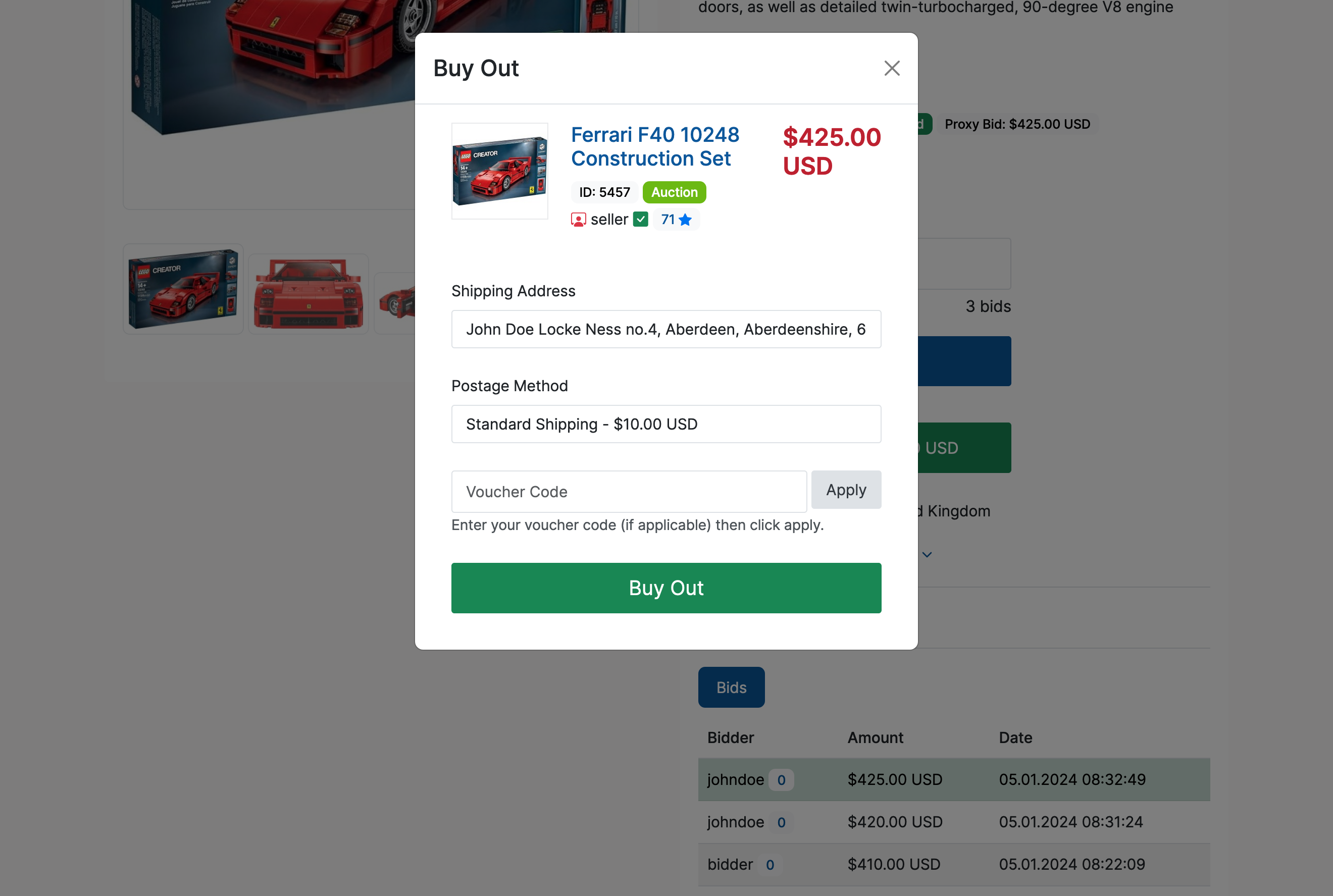In the Star Wars universe, the Jedi Mind Trick subtly persuades others, altering perceptions and influencing decisions quietly but effectively. This concept parallels the art of running successful online auctions, where your psychological approach can profoundly affect bidder behavior and outcome. Mastering these techniques allows auctioneers to transform passive viewers into active, enthusiastic participants, which is crucial for maximizing sales.
Applying these Jedi Mind Tricks is essential for a business, whether it's a custom auction website or a mobile app. The effectiveness of these psychological tactics hinges on the digital environment where they are employed. Thus, the choice of auction software is more than just a technical decision; it’s a strategic one. The right auction software enhances every auction aspect, making compelling tactics more impactful and transforming casual browsing into competitive bidding.
Selecting an auction software is like a Jedi choosing their lightsaber - it's a fundamental tool that extends their capabilities and aligns with their strategies. A robust platform supports essential features such as proxy bidding, preset bid increments, bid sniping, make offer, and buy out crucial for engaging bidders effectively. With the right software, each auction becomes a well-orchestrated event that engages and excites, driving both participation and prices upward.
Here's how to wield these powers effectively.
The curiosity gap involves piquing the interest of potential bidders by revealing just enough information to ignite curiosity but withholding enough to compel them to seek out more. In an online auction, you can apply this by partially revealing intriguing details about the item without giving away its story immediately. For instance, you could tease an item’s unique history, provenance, or mystery, encouraging bidders to click through to learn more. There are various ways to create a curiosity gap, such as incorporating images, videos, and even digital downloads. This strategy can increase engagement on each auction listing, driving more traffic and prolonging user interaction with the site, ultimately leading to higher bid activity.
FOMO is a powerful motivator in online auctions. Highlighting the exclusivity and scarcity of items can make them significantly more desirable. When bidders see that an item is rare, unique, or available for a limited time, their desire to own it increases, fueled by the worry that they might never have another chance. Techniques such as showing the visitors counter, limiting the number of bids per user, displaying the low stock threshold, or sending notifications about auction status can amplify FOMO, pushing bidders to act decisively to avoid regrets.
Social proof is a psychological phenomenon where people copy the actions of others in an attempt to reflect correct behavior for a given situation. In online auctions, displaying the number of bids, high-profile bidders' activity, or testimonials from satisfied buyers can validate the value of an auction item. If potential bidders see that others are willing to invest significantly, they perceive the item as more valuable and are more likely to join the bidding themselves. This tactic reassures bidders about the worth of their potential purchase and stimulates competitive bidding behavior.
Proxy bidding allows bidders to set a maximum bid amount in advance, which the auction software automatically increments in response to other bids. This feature reduces the stress of real-time bidding while still maintaining competitive dynamics. It taps into the psychological need for control, as bidders can commit to their limit without constantly monitoring the auction. This strategy simplifies the bidding process and subtly encourages higher upfront commitments, potentially increasing the final auction prices.
Incremental bidding ensures that the auction maintains a steady pace and does not leap to unreasonably high sums too quickly, which could discourage further participation. Setting minimum bid increments guides the auction's momentum and keeps bidders involved by making the next bid seem like a small, attainable step up. This strategy can lead to a psychological commitment from bidders, as each slight increase gradually invests them deeper into the process, often pushing the final price beyond initial expectations without making bidders feel overwhelmed by large jumps in price.

The decoy effect involves strategically placing items that aren't intended to be the main attraction but serve to make other options more appealing. For instance, placing a similar but less attractive item with a higher starting bid next to the target item can make the latter seem like a better deal. This method can subtly steer bidders towards the preferred item, increasing competition. The decoy thus serves as a psychological nudge that helps bidders conclude that they are making a better choice by opting for the more attractive deal.
The anchoring effect is a cognitive bias where individuals rely too heavily on the first piece of information they see (the "anchor") when making decisions. In an online auction, you can set a high reference price or buy out price next to your auction items. This sets an anchor in the bidder's mind, making subsequent bids appear more reasonable, even if they are higher than the bidder would typically consider. By establishing a high anchor, bidders might adjust their perception of the item's value upwards and feel more comfortable placing higher bids.

Scarcity and exclusivity are potent motivators because they trigger a fear of shortage and a desire to possess something unique. Highlight an item's limited availability or exclusive nature to make it more appealing. For example, stating that an item is of a limited edition or available exclusively through your auction can increase its perceived value and urgency. This can lead to more aggressive bidding and higher final sale prices.
The endowment effect occurs when people ascribe more value to things merely because they own them. In an online auction setting, you can encourage this feeling by allowing bidders to "watch" items before bidding, suggesting a sense of virtual ownership or attachment even before they place their first bid. Features that let users interact with items, such as adding them to a watch list or receiving notifications about them, can foster a sense of attachment, leading to a higher willingness to bid to retain this 'ownership.'
Loss aversion is a principle from behavioral economics, suggesting that the pain of losing is psychologically about twice as powerful as the pleasure of gaining. In the context of an online auction, you can harness this effect by reminding bidders of the imminent loss of an opportunity unless they act quickly. For instance, sending personalized reminders as an auction nears its end, highlighting that failing to bid could mean missing out on a valuable item, can spur bidders into action. Additionally, displaying messages such as "Last chance to bid!" or "Don't miss out on this exclusive item!" can intensify the emotional stakes, prompting higher and more frequent bids.
Mastering the art of online auctions requires more than knowing your inventory; it demands an understanding of human psychology. Implementing these Jedi Mind Tricks creates a dynamic and engaging bidding environment that enhances bidder satisfaction and auction success. The right auction software amplifies these strategies, turning every auction into a carefully orchestrated event that captivates and converts.
Embrace these techniques to drive up auction results and build a more loyal and active bidder community. Your auction site becomes a marketplace where every auction is a performance that entertains and engages. This approach ensures that participants leave feeling excited and eager for more, fostering a thriving auction environment.
Investing in quality auction software and employing these psychological tactics are vital to harnessing the full potential of your online auction business. Doing so provides a seamless, enjoyable experience that keeps bidders returning, boosting your brand's reputation and bottom line. Let these strategies guide you to auction success.